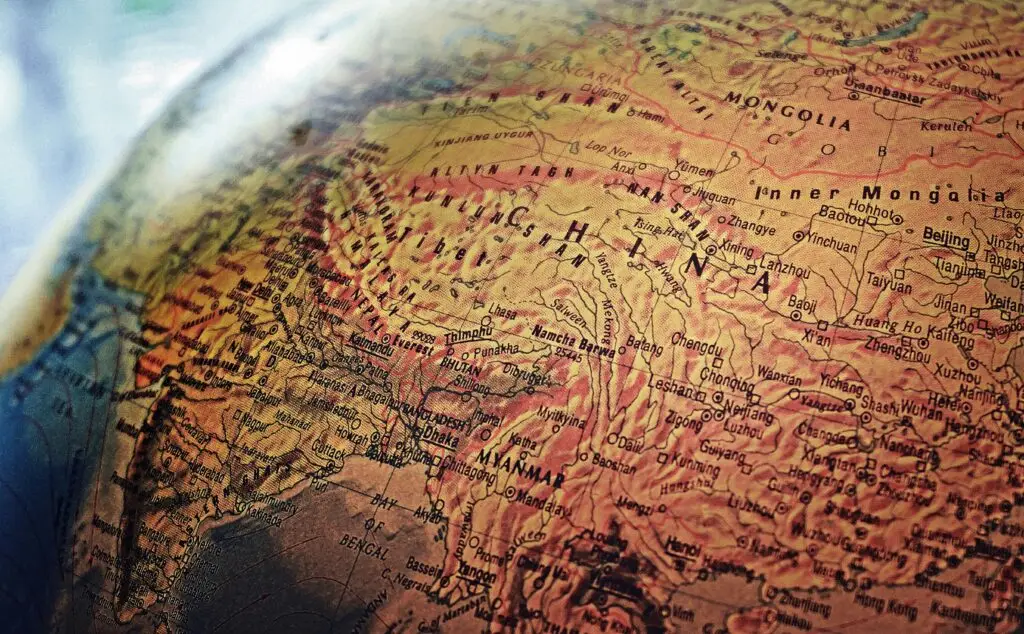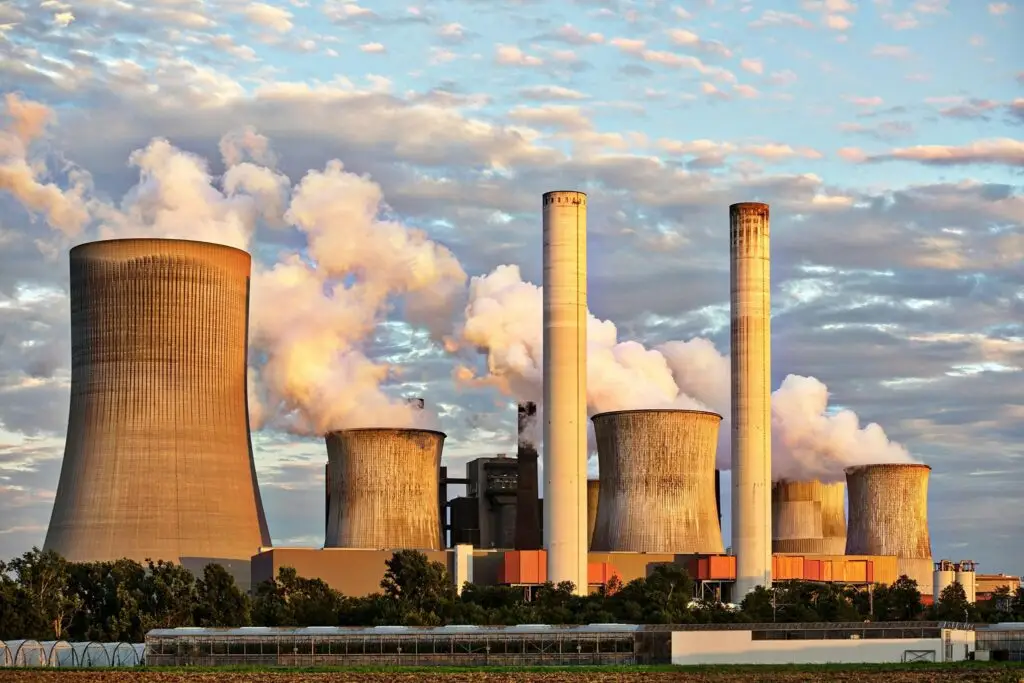MPSE-001 India and the World – Solved Assignment 2024-25
MPSE-001: India and the World – Solved Assignment 2024-25 Below is the complete set of solved answers for the IGNOU MPSE-001 “India and the World” Tutor Marked Assignment (TMA) for the academic year 2024-25. Each answer is written in simple and clear language to help students easily understand the topics. Click on the links to […]
MPSE-001 India and the World – Solved Assignment 2024-25 Read More »









